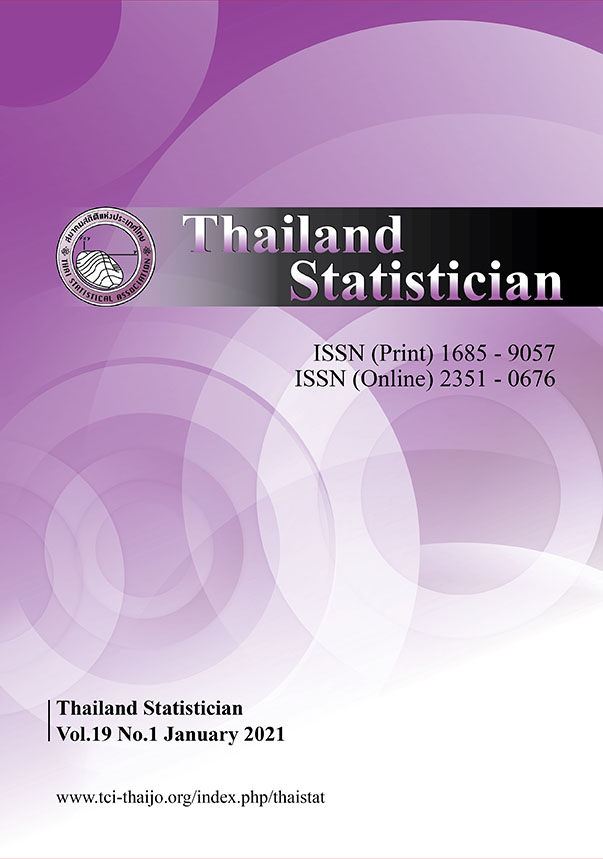Stratified-Extended Cox with Frailty Model for Non-Proportional Hazard: A Statistical Approach to Student Retention Data from Universitas Terbuka in Indonesia
Keywords:
Analysis survival, hierarchical likelihood, time-dependent covariate, random effect, frailty modelAbstract
This paper aims to describe new modelling to overcome the problem of non-proportional hazard modelling in survival analysis. One cause of non-proportional hazard is the presence of time-dependent covariates and the presence of frailty. The proposed model is called the stratified extended with frailty (SEF) model. The method used in estimating model parameters is the hierarchical likelihood. The goodness of the model is tested by simulating utilizing the R program. The criteria used are parameter bias and Mean Squared Error. The developed model is applied to the Universitas Terbuka student retention data. The results of the study show that covariates that significantly affect the survival of the students of UT in their course of study are: educational background, age, GPA, marital status, the number of credit hours they completed, and the number of classes they have taken in each semester. Based on other similar studies, this is a common condition that occurs in other countries where some educational institutions apply the distance education system.




